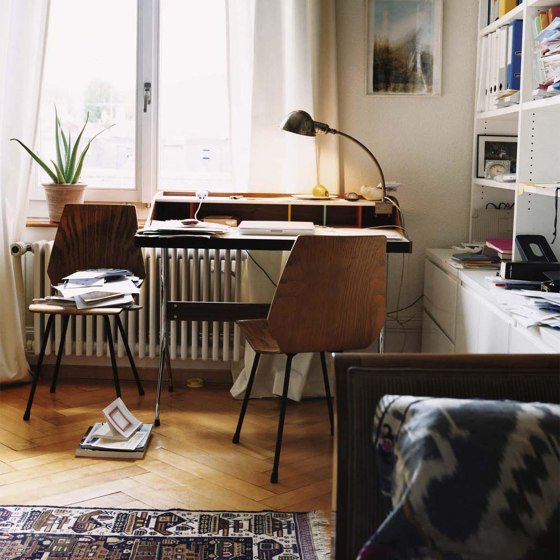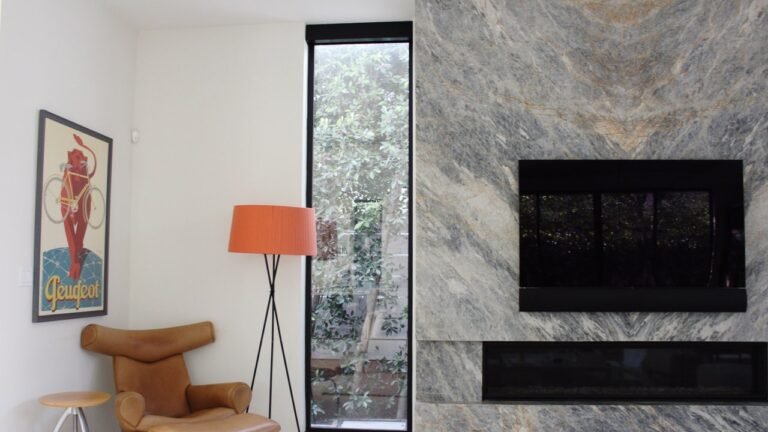BIG Designs European AI and Cybersecurity Hub in Bratislava
BIG Designs European AI and Cybersecurity Hub in Bratislava

Bjarke Ingels Group revealed the design for a tech campus in Bratislava, an urban village of interconnected buildings organized around a central courtyard that would foster a creative ecosystem for cybersecurity and AI innovation. Created in collaboration with Inflow, Pantograph, BuroHappold, and ARUP, the project features an undulating photovoltaic roof that unifies the twelve individual structures while defining the architectural silhouette on the backdrop of the Carpathian Mountains.

Located 10 minutes away from the city centre, the project replaces a former military hospital with a new campus for IT security company ESET. The design features a spatial hierarchy where the buildings on the outer perimeter will contain public spaces, while the interior four structures will be dedicated to the company’s activity. On the northwest side, the campus opens to the park containing a series of spaces for recreation and interaction that double as outdoor working areas.

Rather than a single hermetic entity, we have dissolved the ESET Campus into an urban village of interconnected buildings, framing public paths and urban squares. The diverse cluster of individual pavilions are unified by the undulating solar roofs – forming a single silhouette rising from the forested park-like a man-made addition to the Little Carpathians mountain range. Together with the adjacent University, the ESET Campus is set to spark the formation of Bratislava’s new innovation district. – Bjarke Ingels, Founder and Creative Director, BIG-Bjarke Ingels Group.
The courtyard is designed to become a focal point for the local community with retail, educational, sports and cultural spaces. Each of the four ESET HQ buildings features a central atrium with skylights, while the main lobby contains the main staircase surrounded by social spaces and biophilic design elements.The project aims for operational carbon neutrality, and the use of timber ensures a low carbon footprint. The campus is powered by electric energy obtained through renewable energy sources such as the PV roofing and ground source heat pumps. The design is the winning proposal of an international competition and is set to break ground in 2024.

- Site Size: 90,000 sqm
- Building Size: 55,000 sqm
- Collaborators: Inflow, Pantograph, BuroHappold, ARUP
- Partner-in-Charge: Bjarke Ingels, Andreas Klok Pedersen
- Project Leader: Ioannis Gio
- Team: Andy Young, Matilde Tavanti, Ludka Majernikova, Carmen Simone, Boni Yuen, Florencia Kratsman, Gualtiero Mario Rulli, Jason Chia, Lorenzo Boddi, Maria de Salvador Arnaiz, Michela Cardia, Pedro Nunes, Richard Sean McIntyre, Rihards Dzelme, Sasha Lukianova, Solveig Jappy, Stefan Plugaru, Vincent Katienin Konate, Youngjin Jun, Anna Maria Pazurek








